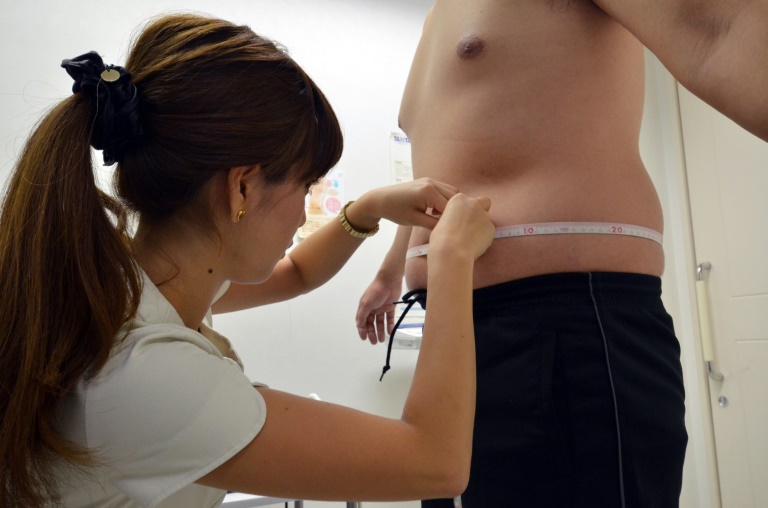Physical exercise reduces risk of developing diabetes
Even low levels of physical activity can have benefits, which could be particularly important for older adults.
New research suggests that even low levels of regular exercise could help cut the risk of developing diabetes, potentially reducing the number of patients with diabetes across mainland China, Hong Kong and Taiwan by as much as seven million.
Led by researchers from the University of Birmingham, UK, along with experts from the Chinese University of Hong Kong, Academia Sinica, Taipei, Taiwan, and MJ Health Research Foundation, Taipei, Taiwan, the study looked at physical activity levels of 44 828 Chinese adults, aged between 20 and 80, over an 18-year period.
All participants had been recently diagnosed with impaired fasting glucose (IFG), an early warning signal for type 2 diabetes, which affects one in four Chinese adults.
Participants self-reported their levels of Leisure-time Physical Activity (LTPA), such as walking, jogging or running to be categorised into one of four groups based on weekly LTPA: inactive, low, moderate, or high.

Picture: iStock
After taking into account factors such as physical labor at work, the team found that compared with inactive participants those who reported low, moderate and high volume LTPA had a 12%, 20%, and 25% reduced risk of diabetes, respectively.
The researchers also found that nearly one fifth of diabetes cases (19.2%) could have been avoided if the inactive participants had engaged in WHO recommendation levels of LTPA, which recommends least 150 minutes of moderate-intensity aerobic physical activity throughout the week for adults age 18-64.
However, the results also suggested that even low levels of physical activity can have benefits, which could be particularly important for older adults.
Commenting on the findings, Professor Neil Thomas from the University of Birmingham noted: “In the approximately 370 million Chinese adults with IFG, increasing LTPA by one category – for example, from low to moderate – would correspond to a potential reduction of at least seven million cases of diabetes. It may also offset the rapid increases in diabetes resulting from population aging and China’s ongoing obesity epidemic.”

AFP/File / Yoshikazu Tsuno
Overweight prospective diners will not be welcome at Japan’s first “naked restaurant”.
With estimations suggesting that there are around 112 million diabetic patients across the Greater China area (including Mainland China, Hong Kong and Taiwan) accounting for 40-60% of premature deaths before the age of 60 years, the researchers are now recommending that health officials act quickly to encourage more physical activity amongst China’s adult population.
“More than three-quarters of Chinese adults do not perform sufficient physical activity to reap such health benefits. Our findings emphasise the urgent need to promote physical activity as a strategy for diabetes prevention,” concluded Thomas.
//
For more news your way, follow The Citizen on Facebook and Twitter.







